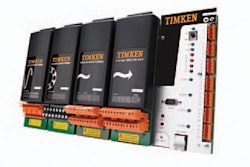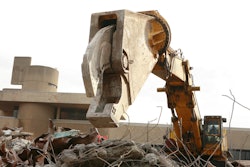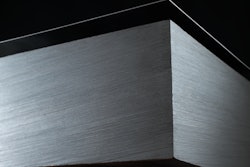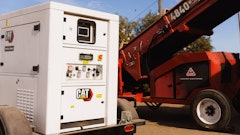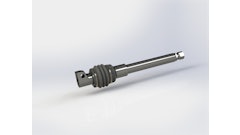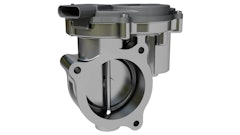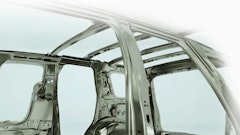To support its customers in proving seals for critical applications, Trelleborg Sealing Solutions has invested in the world’s most powerful test bench for hydraulic rod seals. This unique facility allows testing to be carried out that has previously never been possible, providing an unrivaled resource to seal specifiers globally.
Installed in a specially constructed well, the 18-ton, 260 kW floating-mount rod seal test bench is located at Trelleborg’s research and development center in Stuttgart, Germany. It is capable of simulating, as realistically as possible, the patterns of movements and stresses faced by hydraulic rod seals in some of the most demanding rod seal applications, such as aircraft landing gear, injection molding machines and mining excavators.
“Our seals are used all over the world and must be able to operate equally effectively in the cold of the Antarctic as in the heat of the Sahara Desert,” says Holger Jordan, Manager of Fluid Power Technology. “Our substantial investment in this test rig allows us to offer our customers a unique facility to prove seals against ever-increasing development requirements.”
“The test bench is about simulating the real world as closely as possible in the laboratory,” says Eric Seeling, the engineer responsible for its design. “The rig can perform long-term endurance and development tests, reproducing the effect on hydraulic rod seals of, for example, 25,000 landings of an aircraft or a million upstrokes on a press. In particular, it excels in aerospace applications where it can check parameters such as braking or lateral forces on landing gears and even simulate life-like knocking caused by uneven runways; what might be called a bumpy landing.”
A resource for the Trelleborg Sealing Solutions international R&D network, over 35 years of testing experience went into the design of the test bench. The entire bench was installed in a concrete well so that vibrations can be isolated from the surrounding building. The drive unit was set up in a separate room so that energy otherwise lost through emissions can be used in an environmentally friendly manner to reheat the building.
The test bench is suitable for seals from 4 to 16 in. in diameter and can test a complete sealing configuration in a single test construction, replicating the pressure between the primary and secondary seals realistically. Travelling at speeds of up to 3.3 ft. per second or frequencies up to 10 Hz, it can generate movements and pressure patterns in sinus waves, trapezoidal forms and even freely modeled patterns.
One of the test bench's more novel features is a lateral force cylinder mounted at the bottom of the bench. Capable of exerting forces of up to 225 kN, it can place permanent radial loads on the seals, or, depending on the stroke, exert dynamic loads. Another special feature is the ability to simulate different atmospheric temperatures between -76 and 194 F. Results can be fully documented, allowing customers to provide their clients with proof of performance related to prescribed parameters.




